Recommendation points
Any electrical work begins with the purchase of the necessary components. These are wires and wiring devices – sockets, switches, lamps, etc. How competently, taking into account all personal requirements and safety requirements, to select the elements of the power grid, is described in this article.
Electrical work is one of the most serious and responsible. Errors are fraught with short circuits and, as a result, damage to expensive electrical appliances, injury from electric shock and, which often happens, fires. Working with electrical engineering, as a rule, is the lot of professionals, so this article will not talk about how to make wiring in the house, a lot has been written about this, for example, in the article “How to safely and securely lay electrical wires.” Today we will tell you how to choose the right electrical equipment, starting with wires and ending with sockets, switches and other wiring devices.
Electric wires
Wires are needed to deliver electricity from the point of entry into the house to the consumer – an electrical appliance. A bit of theory. As a rule, a two-phase network with a voltage of 220 V comes to residential buildings. For its transportation, two-core and three-core ones are used, if the house has a ground loop, wires. Two-core wires have one wire for the phase, the second for zero. The three-core ones have the same thing, plus an additional wire – grounding. It is necessary to protect your electrical appliances in the event of a power failure. There are two types of wiring:
- Hidden – the wires are hidden inside the wall in special corrugations or grooves. Typically used in stone houses. In wood, it is used to a limited extent, since it requires increased efforts to ensure fire safety. If there is a working outlet on the wall, but there are no wires included in it, then you have hidden wiring.
- Open – the wires go outside. In this case, they are either installed on special porcelain insulators, or laid in cable channels or ducts. As a rule, it is used in wooden houses or, for example, when installing an additional outlet, when it is not possible to hide the wire inside the wall. If you see a wire entering an outlet or a certain box, and the outlet itself protrudes strongly from the wall, then you have open wiring.
So, the wiring starts from the automatic switchboard and ends with the outlet into which the electrical appliance is connected. A kettle, TV, phone charger and even a light bulb are all consumers of electric current. Each has its own power consumption (it is indicated on the device itself). If you add up these figures for all your devices, you get the total power consumption. And now the most important thing is, the higher this indicator, the more serious your wiring and introductory machines should be. To determine which wires need to be selected in a particular case, consider what they are, in principle,.
1. Aluminum.As a rule, such wires are laid in old apartments in stone houses. Look at any exposed piece of wire (for example, remove the outlet cover and look inside). If it is white (silver) in color, then it is an aluminum wire. They are rarely larger than 2.5 mm2 (the cross-section is the area of the cut perpendicular to the wire itself). Unfortunately, the 2.5mm aluminum wire2 cannot provide sufficient power by modern standards for consuming devices. In addition, aluminum wires can be extended and, accordingly, docked only with aluminum wires. Therefore, if you want a microwave, iron and washing machine to work in your apartment at the same time, then the only solution is to completely change the wiring.
2. Copper.Wires with a copper conductor or copper alloy. There are two types:
- flexible – the conductor consists of several wires. Their total cross-section is considered to be the total cross-section of the wire. Perfect for laying in cable channels, ducts, etc., as they are quite plastic. Themselves, in turn, there are two subspecies, depending on the type of insulation: flat (the insulation is thin, but in itself more flexible), most often they are marked PUGNP or SHVVP, and round (with thick double insulation, but more rigid), are marked PVA. What is more important in a particular case, flexibility or reinforced insulation is the main criterion for choosing between PUGNP or PVS;
- rigid – the conductive core, as in the aluminum wire, is one. Its section is the section of the wire. They are considered safer. It is their professionals who recommend laying in grooves for organizing hidden wiring. There are flammable and non-flammable (depending on the insulation material). The latter in the marking have an additional two letters NG. Such wires are most preferable for organizing electrical wiring around the house, especially a wooden one..
So, if you need to purchase an electrical cable, then:
- If you do not have grounding, then it will be a two-wire wire, if there is, then it makes sense to buy a three-wire.
- If you change the wiring in the house, then the main wire (the one that will go throughout the house, and from which there will be branches to sockets, switches and light bulbs) should be of such a cross section as to provide the total load of all household electrical appliances. The auxiliary wires are calculated according to the required power of the connection point of the devices. The table gives an approximate correspondence of these values for copper and aluminum wires..
Important! Using wires with a cross section less than recommended will lead to heating and possible melting of the insulation with all possible consequences.!
Section, mm2 Load power, kW Copper 0.5 1.1 Copper 0.75 1.8 Copper 1.0 2.7 Copper 1.5 4.1 Copper 2.5 5.9 Aluminum 2.5 4.4 Copper 4.0 8.3 Aluminum 4.0 6.1 Copper 6.0 10.1 Aluminum 6.0 7.9 Thus, it makes sense to use a wire with a cross section of at least 2.5 mm for wiring around the apartment and outlets2, 0.5 mm is sufficient for lighting and switches2. For private houses with a large area, especially if electric heating devices are used, make the wiring with a wire with a cross section of 4 mm2, for sockets – 2.5 mm2, for lighting (if powerful projectors are not used) – 0.75 mm2.
Wiring devices
This is the correct name for all devices to which electrical wiring is ultimately connected: sockets, switches, electric cartridges, etc., that is, those that serve for switching and connecting electrical appliances.
Sockets and switches are, respectively, for hidden or open wiring. In the first case, the inner part is open and, when installed, is removed into a special socket wedged into the wall, in the second it is hidden inside the case. Such devices are simply superimposed on the wall during installation. It is clear that sockets and switches are used only with the corresponding type of wiring.
Socketsare divided into:
- Having a grounding contact. They are mistakenly called European sockets. Outwardly deeper. In addition to the main two contacts (holes), they have two visible auxiliary contacts. It only makes sense to use it with a ground wire. Otherwise, since they are more expensive, this is a waste of money..
- Without a grounding contact. They are of the “euro” standard (with larger holes for the euro plug) and “non-euro” (outdated standard with small holes). All modern sockets are universal, that is, they are suitable for any electrical plug.
Important! If the electrical plug of the device is not suitable for your outlet, then it is correct to change the socket or plug, and not buy adapters. They create additional contact, and this is heating, melting with all the ensuing consequences!
Sockets are one-piece – one-, two- or three-seater and type-setting – consisting, in fact, of a number of separate single sockets (purchased separately), united by a single frame (purchased separately). The type-setting option allows you to get any number of outlets.
Switchescan be conditionally divided into:
- Backlit – a light built into the keys that lights up after the lighting device is turned off. Useful in order not to look for a switch on the wall at night in the dark.
- Not backlit. Strictly speaking, switches that do not have a built-in light bulb. They cost less, but what is more important for you – price or convenience, you decide.
Similar to sockets, switches are solid-body – one-, two- or three-key, or type-setting. The number of keys depends on the number of light sources. If there are more than three of them, then a row of the required number of switches in a single frame is used..
Important! When installing the switch yourself, make sure that the opening contact is connected to the phase wire (as a rule, it is brown, but checking with a probe will not be superfluous), and not to zero. In this case, in the off state, it ensures the absence of voltage in the electric cartridge.
If you need to install switches next to sockets, it makes sense to use so-called blocks. They consist of a one-, two or three-button switch and sockets combined in a common housing.
There are times when it is necessary to turn on / off the light not from one place, but from several (for example, in rooms with several exits). In this case, a so-called pass-through switch is used. With the help of several such devices, you can turn on and off the light at any point where they are installed, that is, for example, they turned on near one door, and turned off the other..
Separately, it is worth dwelling on this type of switch as a dimmer. In fact, this is a voltage regulator on the light source from minimum (off) smoothly to maximum.
Light fixtures.The simplest fixture is a light bulb on a wire hanging from the ceiling. In a general sense, these are all light sources in your home: chandeliers, sconces, spotlights, portable table lamps, floor lamps, etc. Despite the seemingly low power consumption, in aggregate, they can all consume up to 70% of all electricity. That is why it is so important to pay special attention to the energy efficiency of light bulbs used in lighting fixtures. Light bulbs are used as a light source in lamps: incandescent (the most “voracious”), fluorescent and LED. Currently, LED lamps are still quite expensive. Therefore, it is optimal to use energy-saving fluorescent lamps..
Their power consumption is five times lower than that of ordinary incandescent lamps. That is, with a consumption of 20 W, such a lamp will shine as an ordinary one at 100 W. According to the color of the glow, they are divided into “cold” (with blue daylight) and “warm” (as close as possible to the usual). Such lamps serve for at least five years (as a rule, this is only the warranty period, and they can, of course, work much longer). You need to understand that in a fluorescent lamp, the main thing is not that there is a white spiral bulb on the outside, but that the control electronics are inside the base. The service life directly depends on its quality. Outwardly, exactly the same, but costing 2-3 times less, should cause mistrust. Most likely – this is a cheap craft that will not last long.
Important! Fluorescent lamps contain mercury vapor. With them you need to be careful in handling and disposal.!
You can continue the story about the types of wiring devices for a very long time. There are a lot of them. The most basic ones are listed here. The main thing is to understand that starting from the tasks, you can always find a solution even for the most difficult problems. To do this, you just need to consult with experts. Surely your problem already has a ready-made solution, and if not, then it can be found.
How to choose the right wiring devices
You already know which wires to buy, and which switches and sockets you need. You have come to the store and you have seen so many options. Some are cheaper, some are more expensive. What should you buy? What to look for in order not to overpay and, at the same time, not to buy a one-day thing? Let’s figure it out.
The wire.Aluminum or copper, two- or three-core, what section, round or flat – these issues have already been resolved. It remains to choose the manufacturer and, accordingly, the price. So, the quality of the wire practically does not depend on the manufacturer, so look not for brands, but for stores where the wires you need are cheaper. The exception is cables for special purposes – antenna, acoustic, etc., but we do not consider them in this article..
Sockets.They are made from various materials – cheap plastic, special plastic, ceramics, carbolite. In case of poor connection of wires or poor contact with the consuming device, the socket may heat up, even melting. Therefore, it is very important to pay attention when buying to the material of manufacture and the quality of the contact group..
The first is obvious – cheap plastic, even if 15 A is written on it (most likely, this is not true) is a very bad option for a high-quality, and therefore reliable, outlet. Special plastics reduce the problem – they don’t burn or melt, but they don’t completely solve. In case of prolonged heating, they become brittle and crumble. Ceramics or carbolite are best. It is easy to identify them both visually and if you try to scratch them – these materials are very hard. Ceramics and carbolite do not burn, melt or degrade over time.
contact Group– the inner element of the socket, to which wires are connected on one side, and an electrical appliance on the other. It can be a single whole, that is, made of one piece of metal, it can be composite. One-piece is preferable, but sockets with such contact groups are much more expensive. Therefore, we pay attention to the quality of the connection of internal metal parts – everything must be very strong and have no backlash (except for clamping screws and plates). The material of the contact group is also important. Plain steel can oxidize and thus degrade the quality of the contact. The best solution would be copper or brass. Another nuance is the type of wire clamp – self-clamping or screw. The second option is more preferable, since it implies a tighter contact and the possibility of easy dismantling. So, the quality of the sockets does not depend on the name of the manufacturer, but on the materials and workmanship. Well-known brands provide, first of all, a variety of colors and shapes. Their quality, however, is usually on top, but the price is also quite high. In fact, there is no upper cost limit, but acceptable quality sockets can be purchased at a price of $ 2. e. per piece.
Important! If you have small children, when buying an outlet, pay attention to the presence of a special shutter that covers the contact holes.
Switches.Since the power consumption of devices connected to each switch separately is small, there is no point in chasing ceramic switches. It is enough to purchase a high-quality device made of special plastic with a good contact group. This will be enough. The cost of such switches is from 2 cu. e.
In conclusion, one should dwell separately on the classes of protection of electrical installation equipment. Depending on the place of installation, they are divided into:
- For indoor living quarters. Practically unprotected from moisture and dust ingress. Class from ID 20.
- For installation in rooms with high humidity – toilets, kitchens and bathrooms. They have minimal protection against water ingress. The sockets have a shutter covering the front surface, switches – more massive keys, as a rule, in the entire size of the switch. Class from ID 45.
- For outdoor use. They are installed outdoors under awnings, on open verandas, etc. In addition to being protected from water, they have increased protection against dust. Outwardly, they are similar to devices for rooms with high humidity, but they have a mandatory rubber seal at the wire entry point. Class from ID 65.
The higher the number at the end, the more protected the device..
Thus, when buying sockets and switches, you need to pay attention to the class marking in order to choose the right devices depending on the place of their application.
So, after reading the article, you learned how to calculate the size of the required wire section and determine the quality of sockets, switches and other wiring devices. Now the matter is small – when the need arises, apply your knowledge when buying the right electrical equipment. Your task is to buy, and in any case it is better for professionals to do.


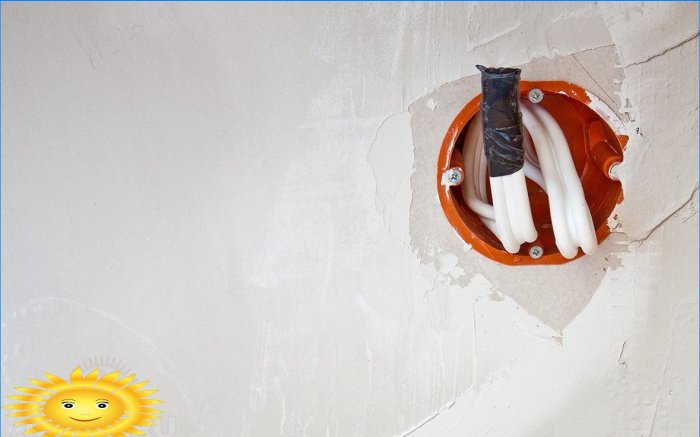
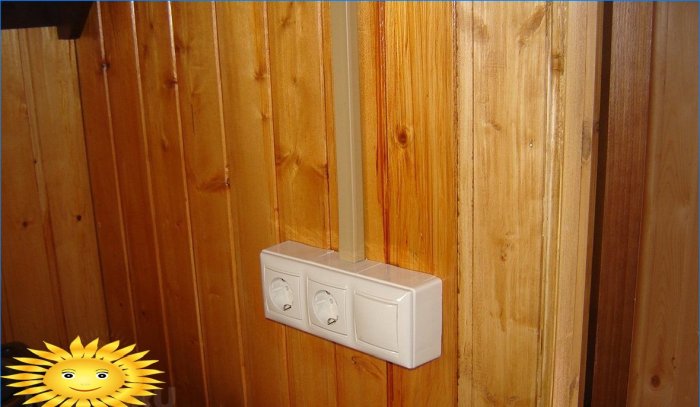
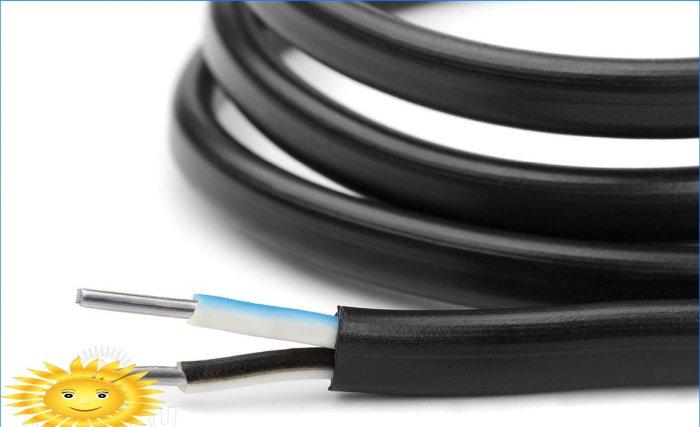
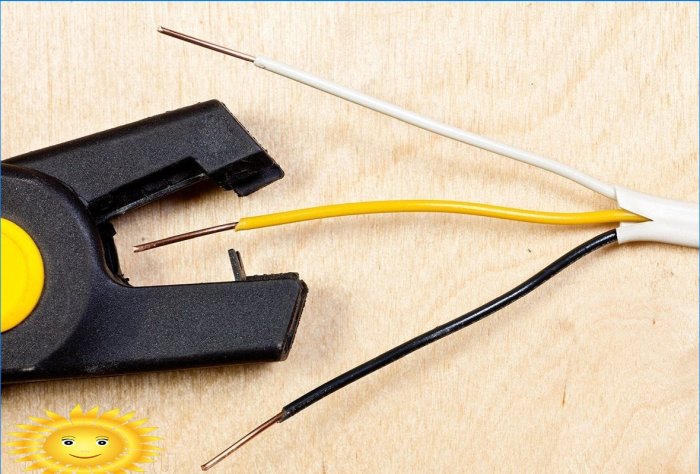
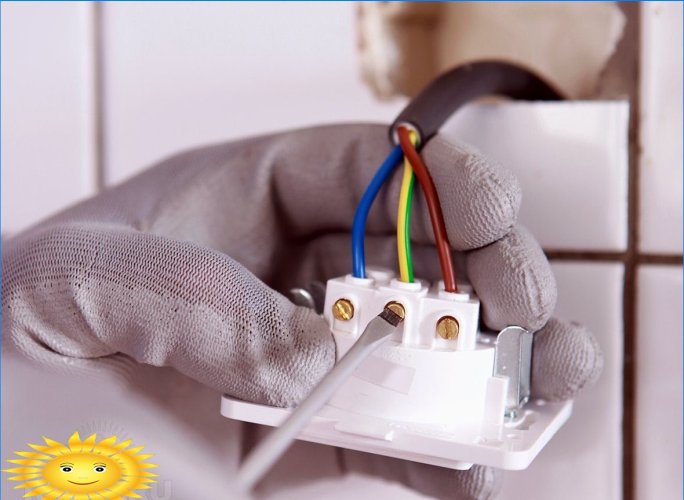
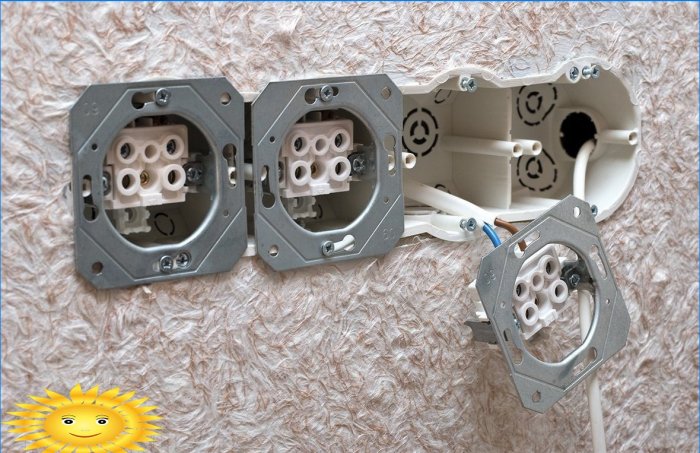


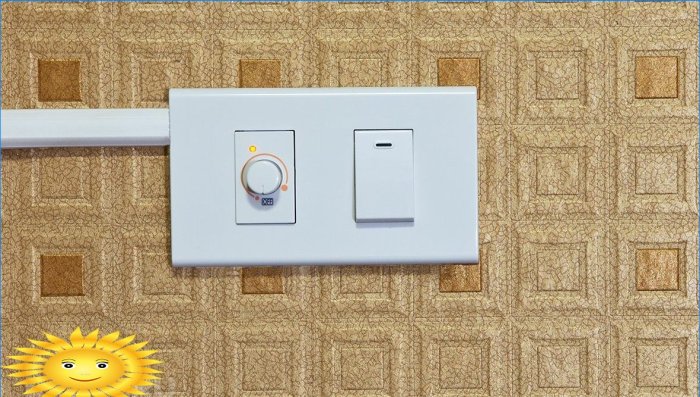
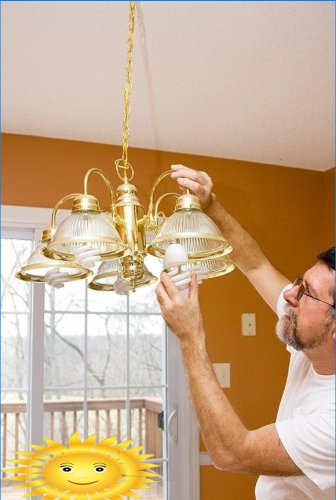

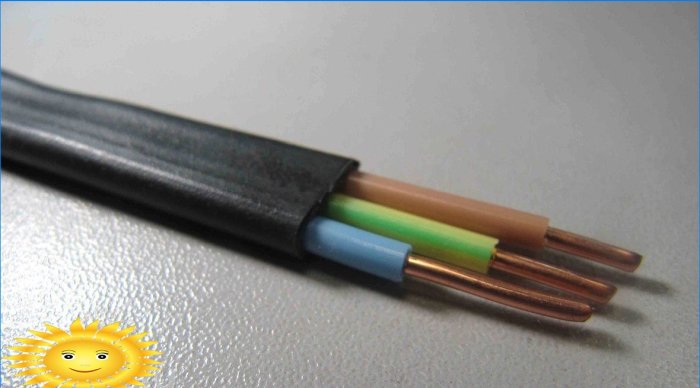

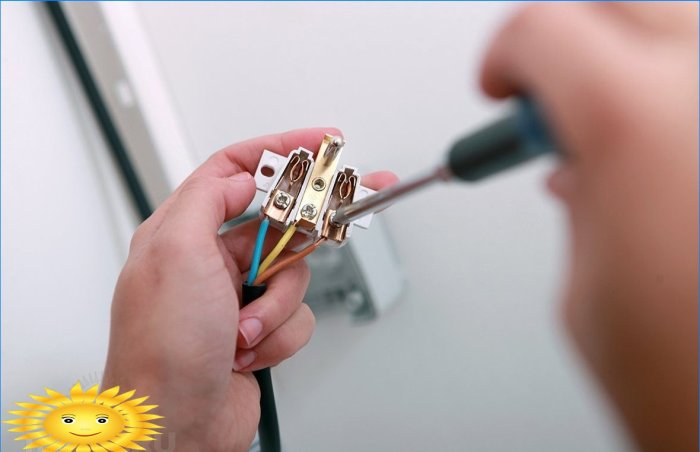

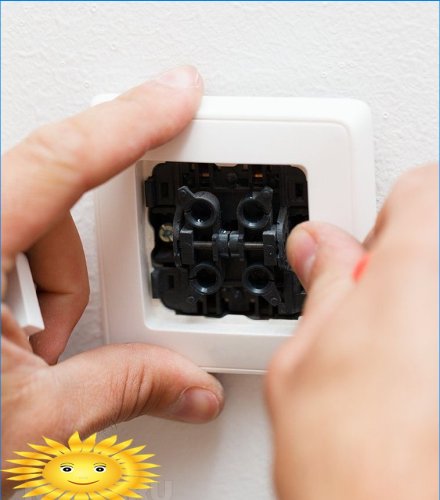
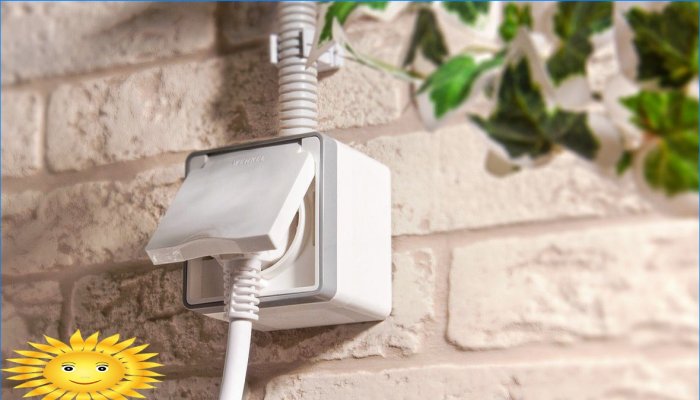
When it comes to choosing the right electrical equipment, where should one start? Are there any specific factors or guidelines to consider?
There are several factors to consider when choosing electrical equipment, such as reliability, efficiency, and safety. But what criteria should I prioritize to ensure I make the right choice? Are there any specific certifications or standards that I should look for? And how can I determine which equipment will best suit my specific needs? Any advice or recommendations would be greatly appreciated!